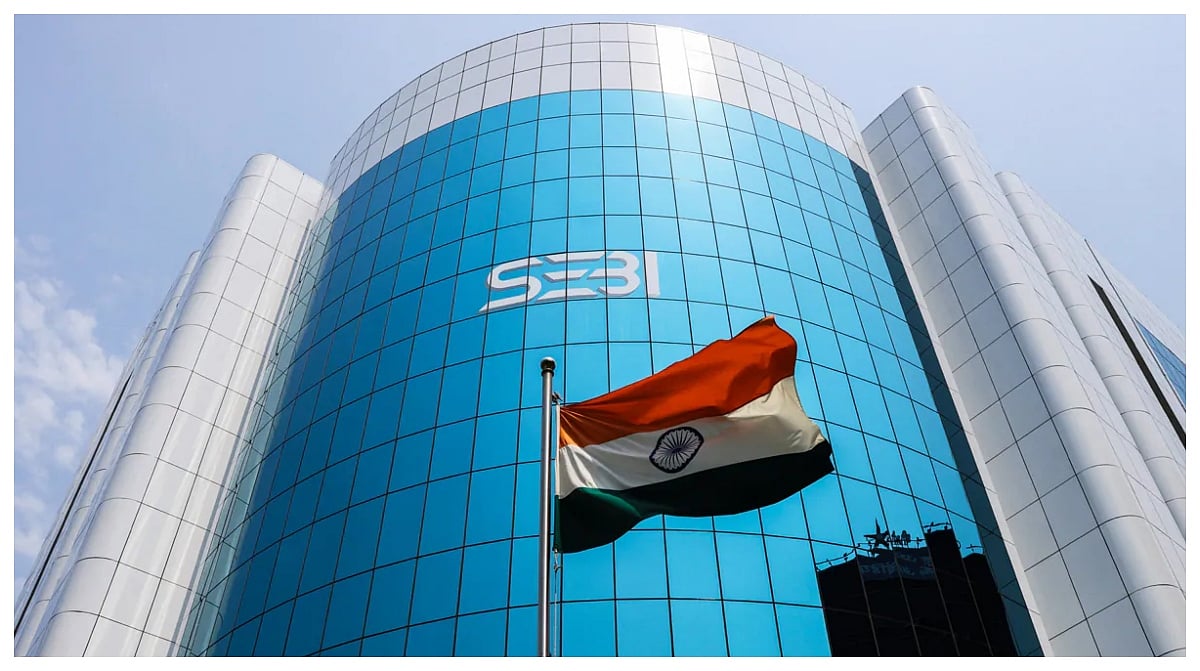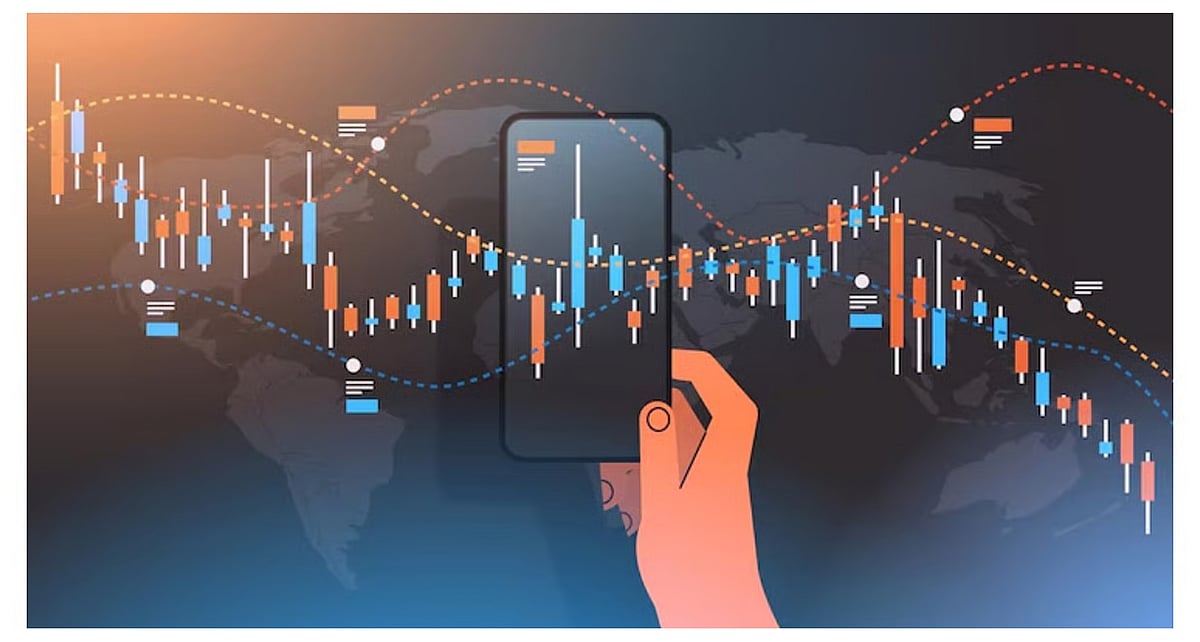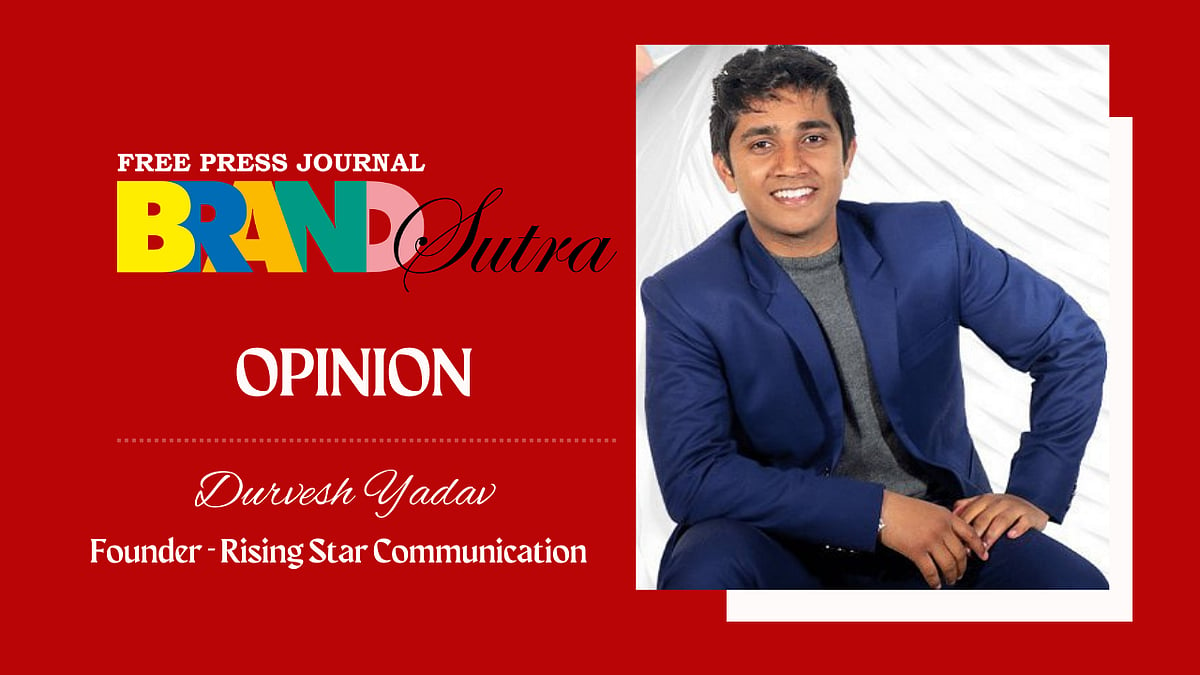“We lived on farms, then we lived in cities, and now we're going to live on the Internet.” This famous dialogue from the movie Social Network came to mind as soon as the Election Commission(EC) announced that campaigning for the five poll-bound States was to be virtual, thanks to the fresh surge in COVID cases. Samajwadi Party (SP) supremo Akhilesh Yadav hurriedly called a press conference, asking for a level playing field. The Bharatiya Janata Party (BJP)’s vast infrastructure for virtual campaigning was at a different level from that of his traditional outfit, he remarked.
Yadav’s contention is not totally unfounded. Traditional parties like his haven’t kept pace with the tools of modern-day campaigning, as some of the national parties like BJP and Congress have done. So, when the EC shifted the electioneering arena from the dust, dirt, and grime of the Indian hinterland – something that had characterised Indian elections thus far–to the hi-tech IT control rooms of the political parties,there was bound to be interest and protest depending upon whom you were talking to. Hitherto, smaller regional parties could fight the elections by their ground presence – not anymore. The ground has shifted.
DATA & ANALYTICS PLAY
Now, classical brand campaigns must be applied in the political context. Traditional-looking netas, donning crisp starched linen kurtapyjamas and the topi for good measure need to transition themselves into astute digital-savvy campaigners deploying cutting edge tools that technology has to offer. Complex demographic and psychographics profiling using advanced data sciences are now being arrayed to reach out to their voter base.
The Indian elections are a complex business, and multiple parties with multiple ideologies across religious and caste spectrums, educated versus uneducated voters, those with smartphones versus those without, present challenges of varying magnitudes to the candidates. Data and analytics can play a defining role here.
The Internet-enabled voters and political workers can be reached through their smartphones by the candidates in multiple ways – Facebook (~30cr users in India), YouTube (~22cr), Instagram (~20cr), WhatsApp (~ 50cr), Twitter (~2.5cr), etc. But there is also the voter (over 30% of the lot) who owns the humble ‘voice only’ feature phone, who can be reached through traditional but equally effective methods like pre-recorded outbound calls on their phones, direct contact through political party’s contact centres and ring-back tones of political party’s jingles.
TECH AS FORCE MULTIPLIER
For all the good that virtual methods bring – direct interaction between candidate and electorate, ease of information dissemination regarding events– there is also this challenge of Internet connectivity and the perennial problem of fake news to tackle. The response and reaction of the electorate to virtual methods are also not easily forthcoming.Crowds to a rally and direct eye contact can help gauge the mood of the electorate.
Social media is a great leveller, but the BJP and Congress have always been ahead in this game. Modi himself is a globally acknowledged master of the trade. He uses social media with aplomb and to great effect. His 75 million+ followers are next only to Obama amongst world leaders. But social media feeds can be manipulated to reinforce your current belief system or to bust it and induct you into an alternative ideology by slowly feeding you information to the contrary. The infamous photograph of the Congress poll symbol in the office of the Cambridge Analytica boss enumerating the Grand Old party as its customer has been the subject of much controversy and debate. Social media cells of BJP and Congress are very sharp propaganda machines employing dozens of content creators to create and disseminate propaganda material – digital banners, posters, animations, videos, info-commercials, blog posts, tweets and similar through their buzzing content factories.
The BJP, closely followed by the Congress, is a phenomenally fighting fit, battle-ready election machine. BJP, in particular,has been deploying the latest technologies for campaigning. In the 2004 elections, when mobile phones were at a low single digit penetration, users being greeted to ‘Main Atal Behari Vajpayee bol raha hoon…’ in the voice of AB Vajpayee himself was the subject of much conversation. And then in 2012,in the Gujarat assembly polls, Narendra Modi’s 3D holographic rendering projected on to 53 locations across more than 25 cities not only made for a Guinness World record, but the novelty also caused mass hysteria. The age of using technology as a force multiplier had arrived.
INSIDE DIGITAL WAR ROOMS
Behenji of the Bahujan Samajwadi Party may still want to rely on the street corner LED screen to get her message across or the Aam Aadmi Party(AAP) despite having a great social media cell, will rely on door-to-door contact to bring out the shortcomings of the ruling dispensation; butall will have to up their game in their quest to reach out virtually. The political leadership of the parties are acquiring the requisite databases, the skill-sets and ‘training their candidates’ to succeed in the digital war room. Just as in any brand campaign, they will take time to prepare digital content, tweak and optimise their campaigns before they start delivering. They will indeed get there, but the national parties clearly are a notch ahead.
So,irrespective of what the EC decides here on, the election landscape of India is set to change forever. To be fair to both the BJP and Congress, their ability to adopt to the new way of campaigning should not be to their disadvantage. SP, BSP and other regional parties could’ve done the same and benefited from it all. Whether their electoral audience is ready and savvy enough to lap up virtual campaigning is an excuse that holds no water. The political workers will lure voters to the digital way and invite them to WhatsApp groups or Facebook live, even if it is to listen to speeches of their political bosses. Will this pandemic’s third wave herald the next wave of digital enablement for the masses?Only time will tell. But, let the Great Indian Political Tamasha begin… the virtual way.
(The author is a senior professional in the corporate sector and writes on varied topics that catch his fancy. The views expressed here are his own. He tweets at @sandeepbangia)









